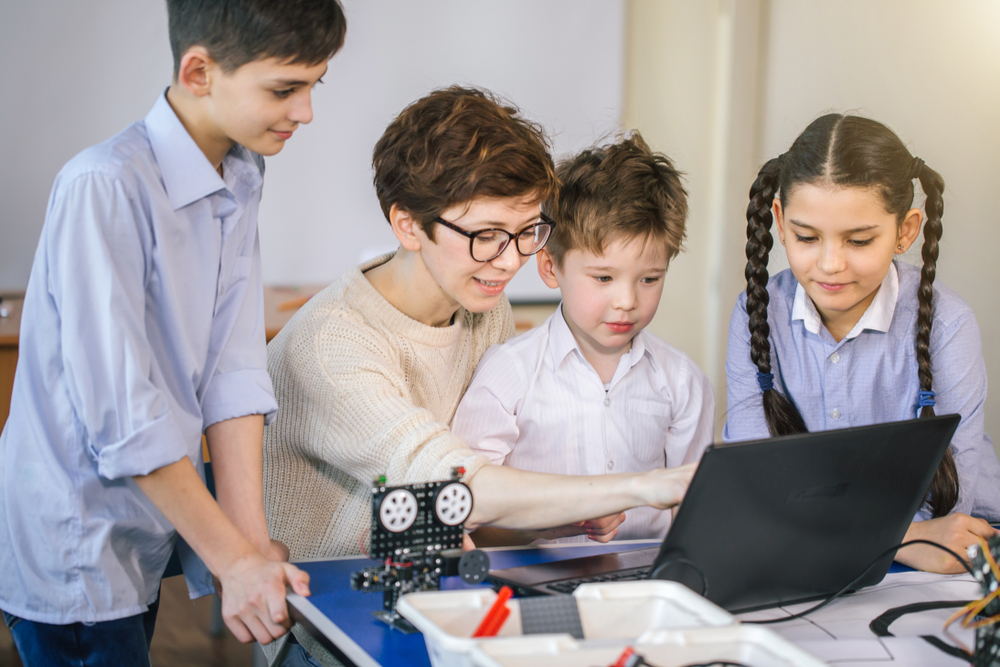Sound Association Normal Alphabet Worksheets for 5-Year-Olds
17 filtered results
-
From - To
Explore our Sound Association Normal Alphabet Worksheets designed for 5-year-olds! These engaging and interactive worksheets help young learners connect letters with their corresponding sounds, laying the foundation for essential literacy skills. Each activity is crafted to make learning fun and promote language development through playful exercises, ensuring your child has a solid grasp of the alphabet. Ideal for at-home practice or classroom reinforcement, our worksheets stimulate curiosity and encourage independent learning. Watch as your little one gains confidence in recognizing sounds and letters, all while enjoying colorful illustrations and exciting tasks. Start your child's literacy journey with our delightful resources today!
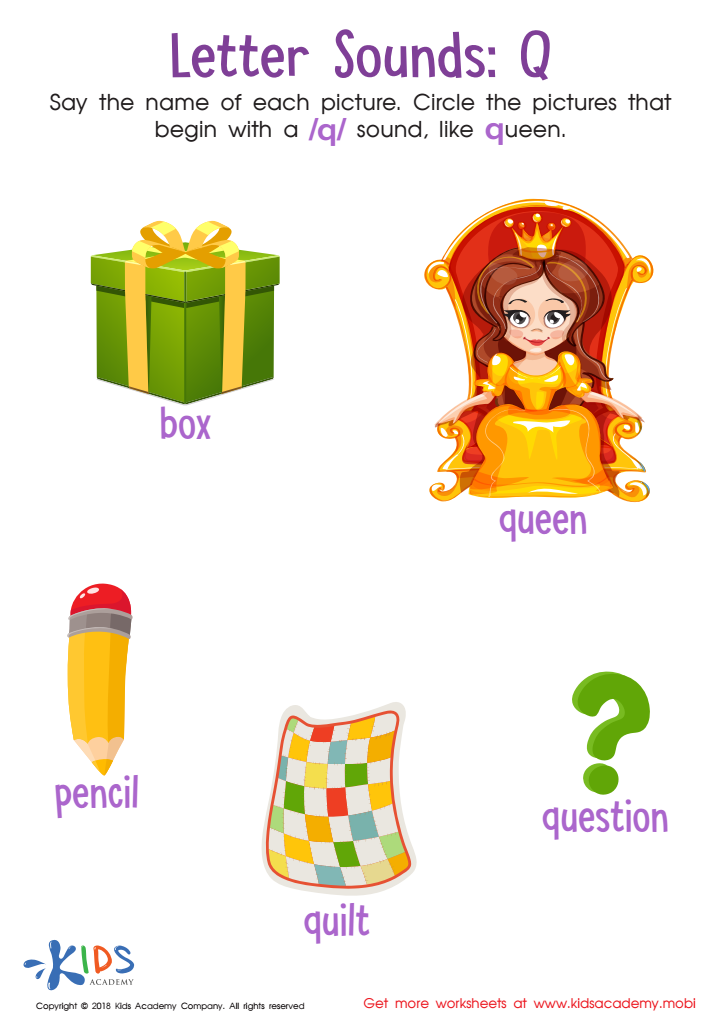

Letter Q Sounds Worksheet


Letter K Sounds Worksheet


Long and Short Vowel Match up Reading Worksheet


Letter P Sound Worksheet
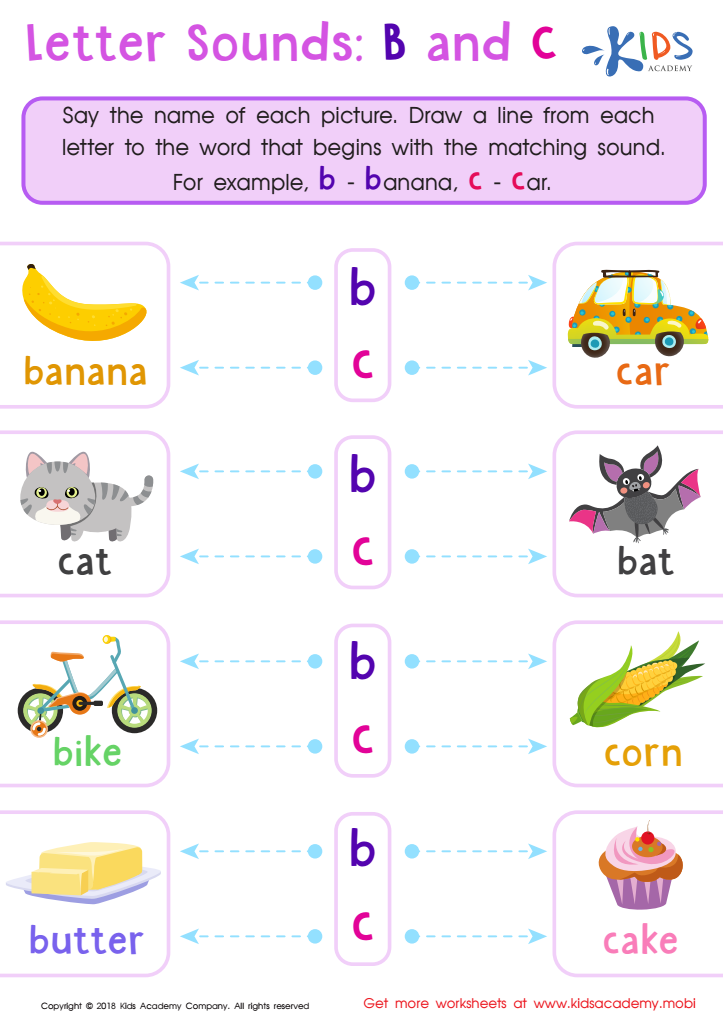

Letter B and C Sounds Worksheet
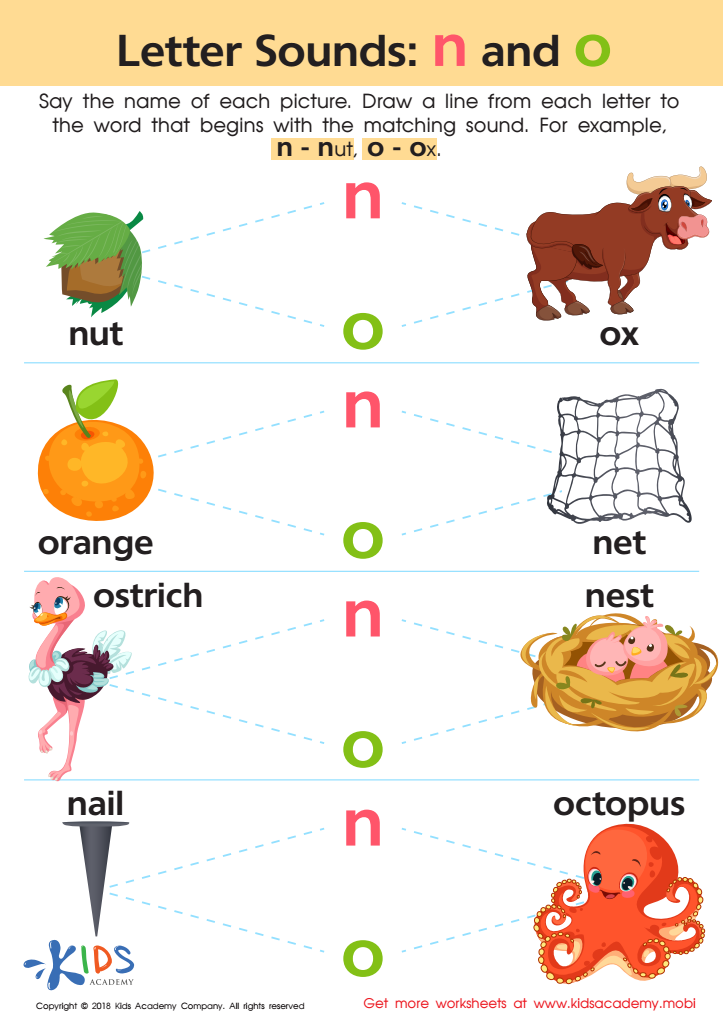

Letter N and O Sounds Worksheet
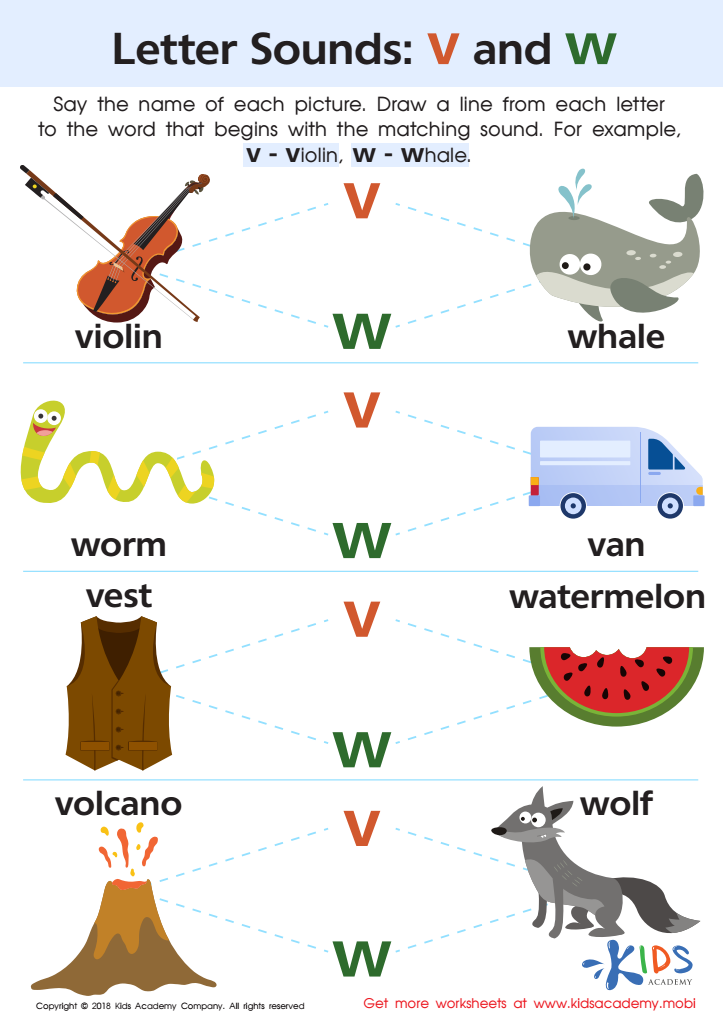

Letter V and W Sounds Worksheet
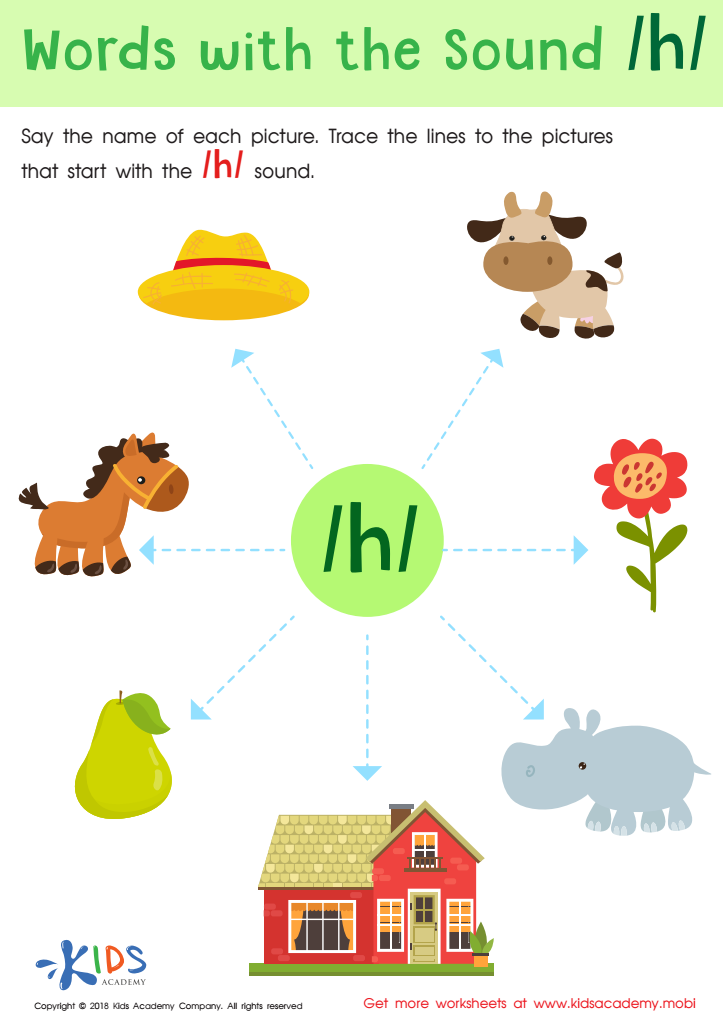

Words with sound h Reading Worksheet
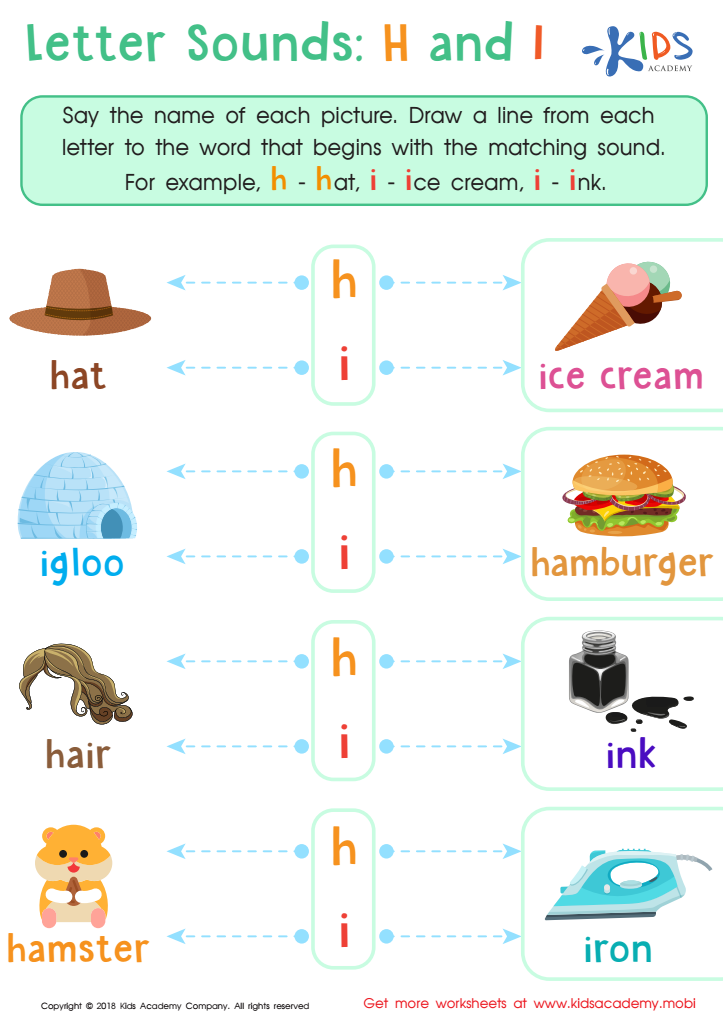

Letter H and I Sounds Worksheet
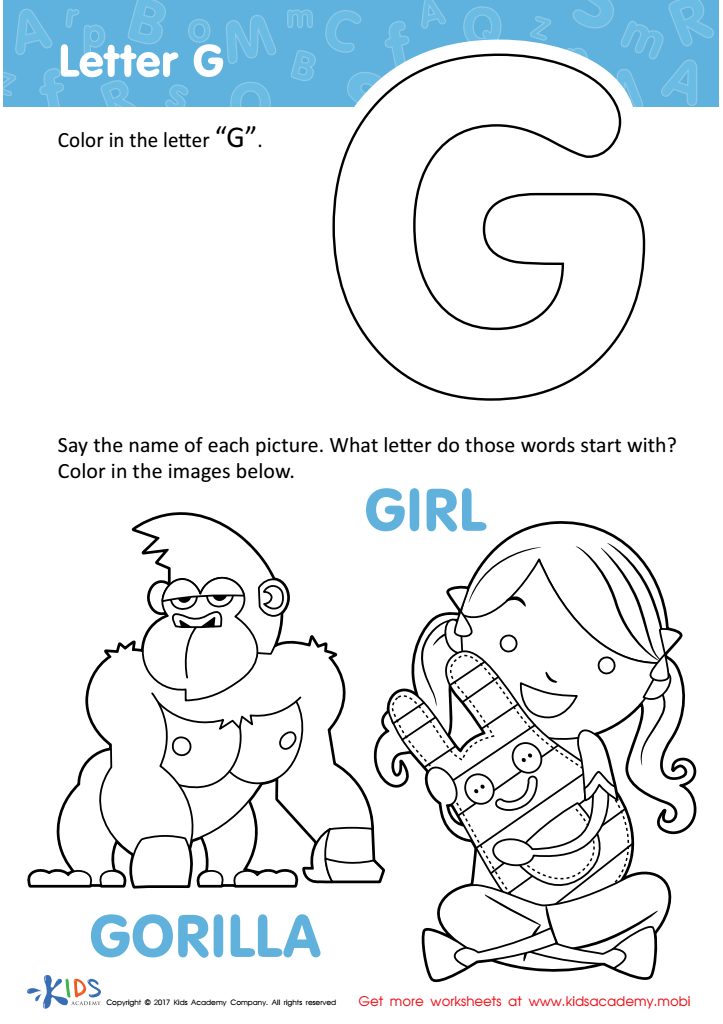

Letter G Coloring Sheet
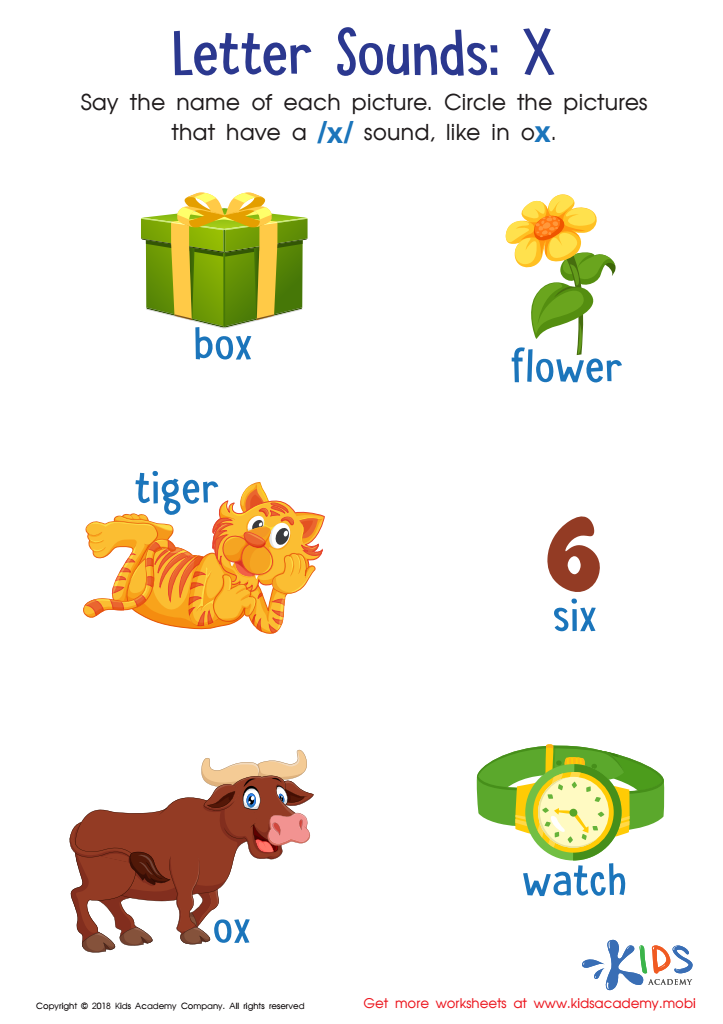

Letter X Sounds Worksheet
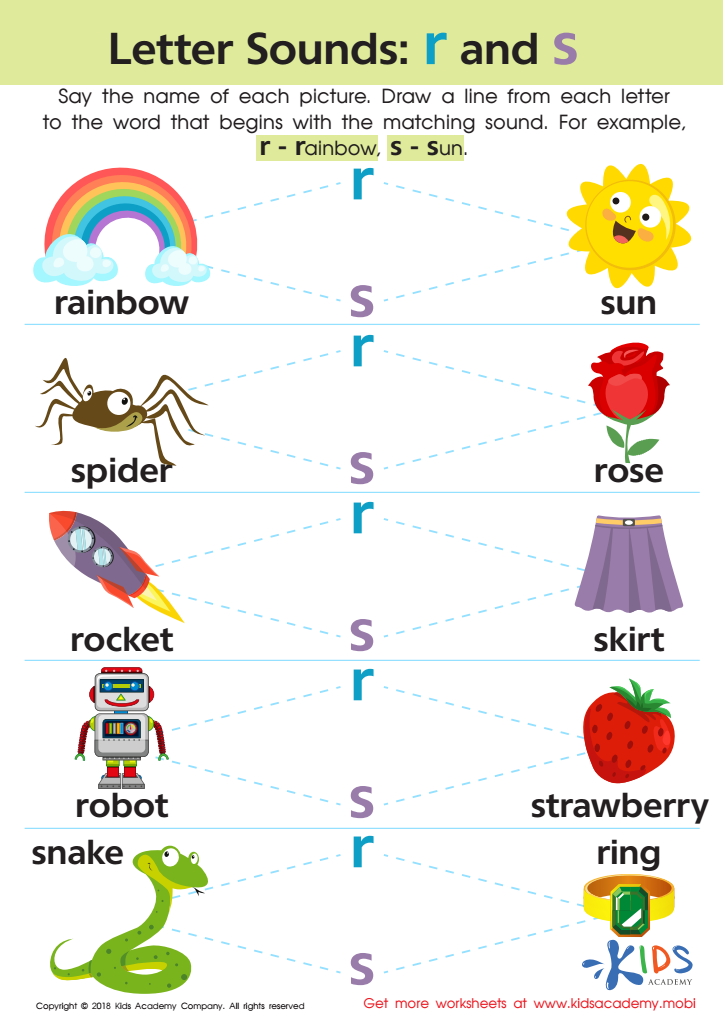

Letter R and S Sounds Worksheet
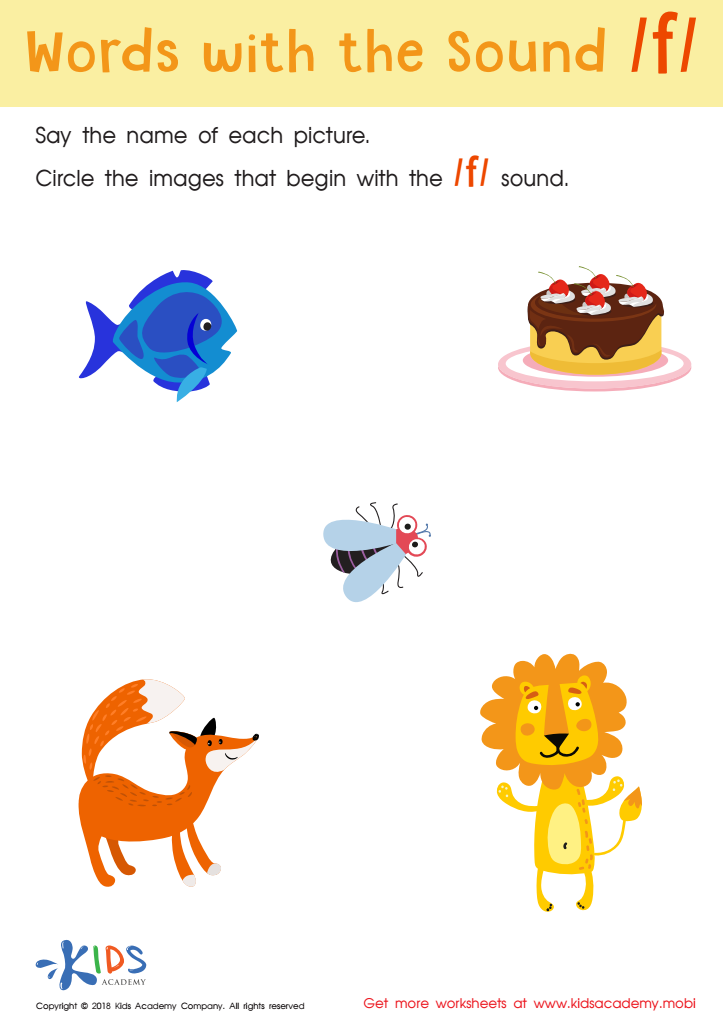

Words with sound f Reading Worksheet


Letter l and M Sounds Worksheet
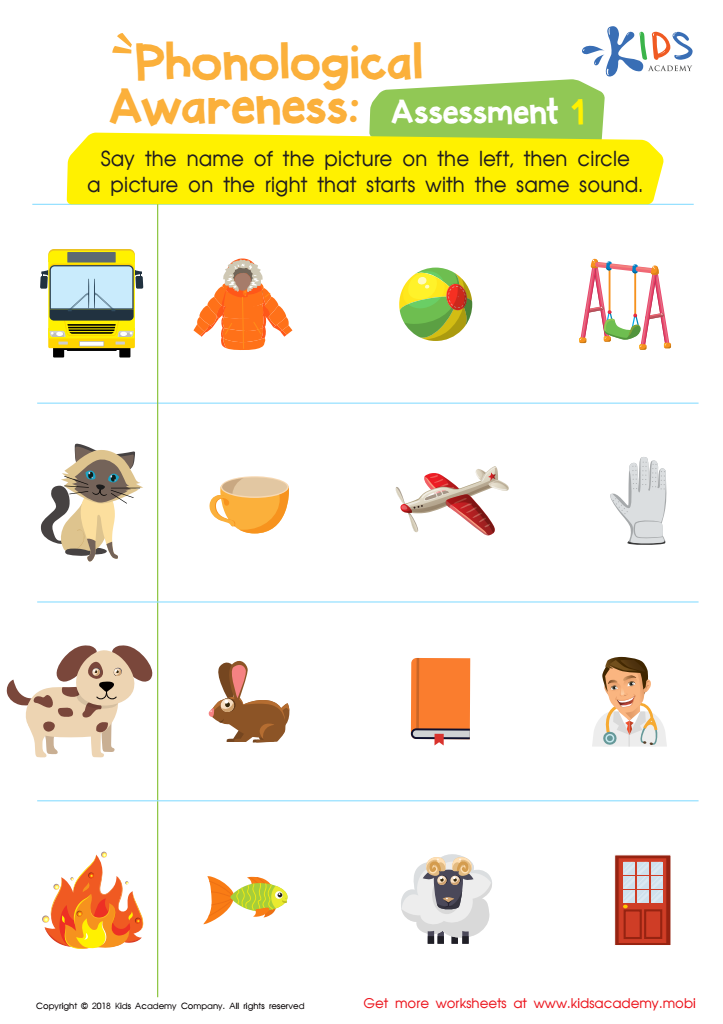

Phonological Awareness: Assessment 1 Worksheet
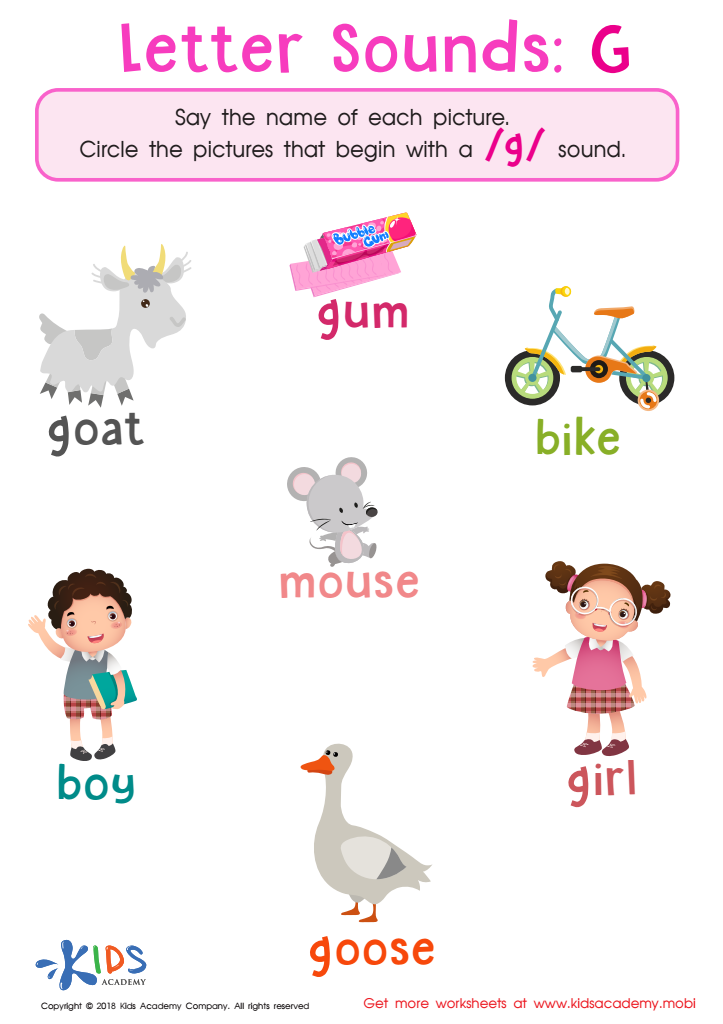

Letter G Sounds Worksheet
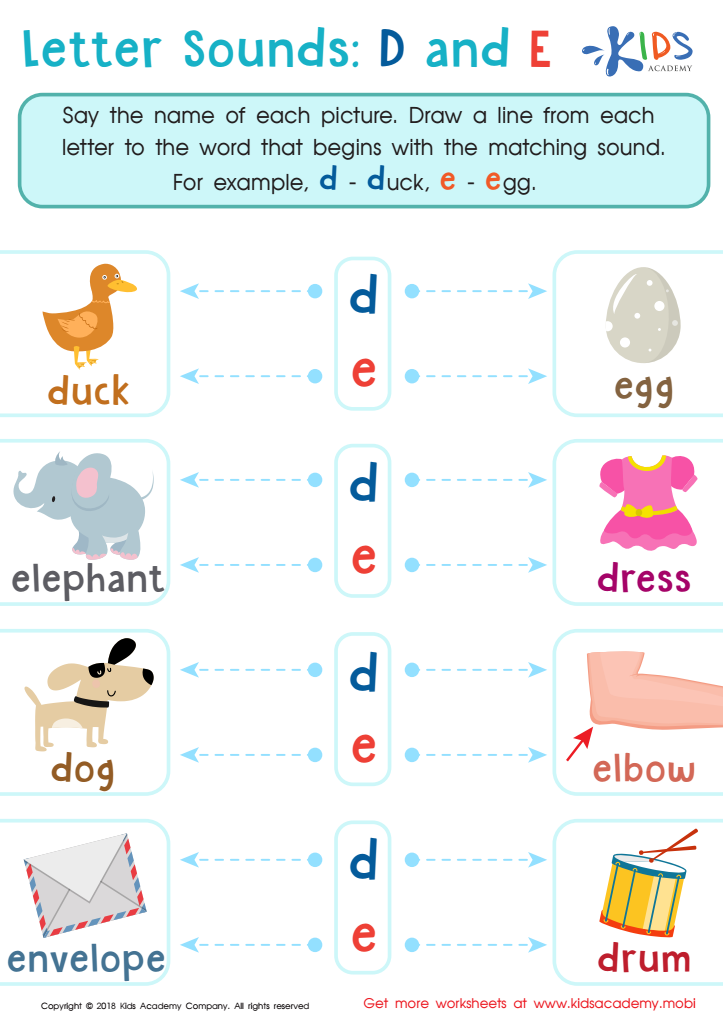

Letter D and E Sounds Worksheet
Sound Association Normal Alphabet (SANA) is essential for parents and teachers of 5-year-olds as it lays the foundation for literacy development. At this age, children are beginning to explore the relationship between sounds and letters, crucial for reading and writing skills. Understanding sound association helps them connect phonemes (the smallest units of sound) with their corresponding graphemes (letters and letter combinations), fostering early decoding skills.
When children grasp sound associations, they enhance their ability to recognize words, which boosts their confidence and fluency in reading. This proficiency positively impacts their overall academic performance and encourages a lifelong love for learning. Moreover, phonemic awareness is a key component of effective literacy instruction; teachers who emphasize sound-letter connections can tailor their strategies to individual learning styles.
For parents, reinforcing these concepts at home is equally vital. Engaging in activities that promote sound associations, such as phonics games or reading aloud, creates a supportive learning environment which cultivates a child's interest in reading. Ultimately, SANA empowers children to become competent readers and writers, equipping them with the essential skills they need not just for school, but for future success as learners and communicators.
 Assign to My Students
Assign to My Students



